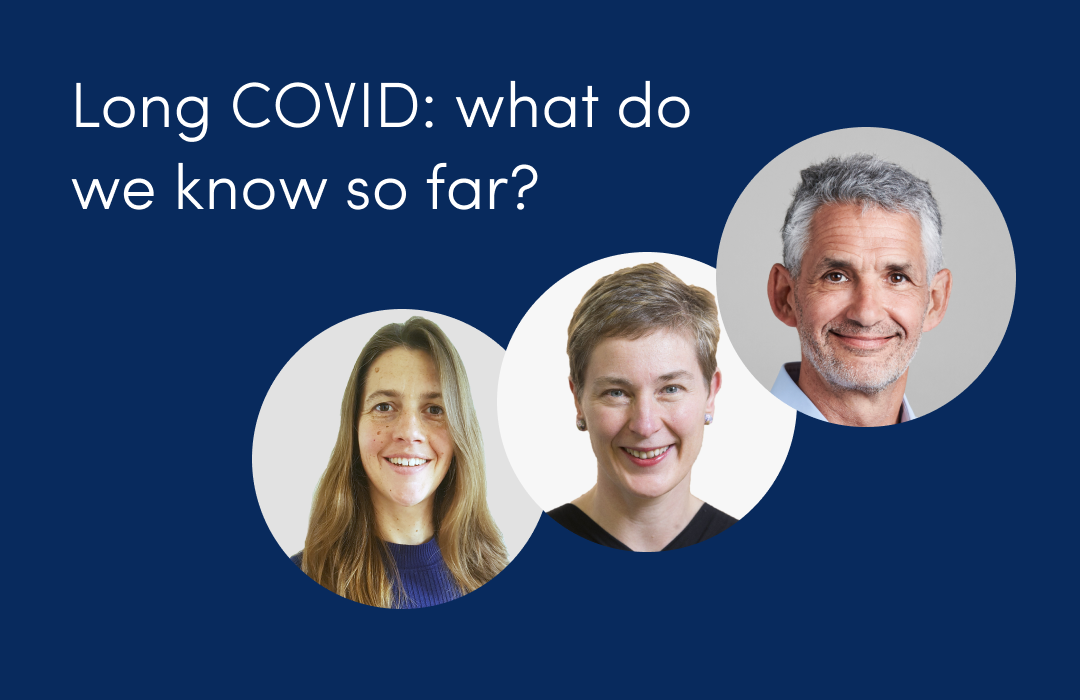
Omicron wave has finally peaked
January 13, 2022

This article has not been updated recently
According to ZOE COVID Study incidence figures, in total there are currently 183,364 new daily symptomatic cases of COVID in the UK on average, based on PCR and LF test data from up to three days ago [*]. A clear decrease of 12% from 208,471 reported last week (Graph 1).
In the vaccinated population (at least two doses), there are currently 83,699 new daily symptomatic cases in the UK. An decrease of 11% from 93,540 new daily cases reported last week (Graph 2).
The UK R value is estimated to be around 1.0 and regional R values are; England, 1.0, Wales, 1.0, Scotland, 1.0 (Table 1).
In terms of prevalence, on average 1 in 24 people in the UK currently have symptomatic COVID. In the regions, England, 1 in 23. Wales, 1 in 27. Scotland, 1 in 33. (Table 1).
Cases are dropping in all regions apart from North East, where the increase is already slowing and should start dropping soon (Graph 3).
Daily new symptomatic cases are now going down in all age groups. The rise in the over 75’s seen in previous weeks is now plateauing at low levels (Graph 4).
According to the data, ZOE estimates that 52.5% of people experiencing new “cold-like “ symptoms are likely to have symptomatic COVID-19, an increase from last week. (Graph 5).
The ZOE COVID Study incidence figures (new symptomatic cases) are based on reports from around 840,000 weekly contributors and the proportion of newly symptomatic users who have received positive swab tests. The latest survey figures were based on data from 62,517 recent swab tests done on symptomatic cases in the two weeks up to 10 January 2022.
Professor Tim Spector, lead scientist on the ZOE COVID Study app, comments on the latest data:
“The ZOE data suggests the Omicron wave has peaked, and cases are starting to come down in almost all regions of the UK. Hospitalisation, deaths and early data on the severity of Omicron is also looking positive. The other reassuring sign is that cases in the elderly are plateauing at a low level, sparing this more vulnerable group from the worst of the Omicron wave. This is likely because this group has been more careful and others are being careful around them. However, we can’t rule out an uptick in children, which could then have a knock on effect on the other age groups. In terms of guidance, working from home remains an easy thing many of us can do to slow spread, and wearing high quality masks on public transport to me still feels sensible. Covid symptoms are now for the first time this winter more common than colds and flu and are indistinguishable. I don’t expect these rates to go down to zero as Omicron is so infectious that it will probably continue to circulate at manageable levels in the population until late spring.”
Graph 1. The ZOE COVID Study UK incidence figures total number of daily new cases over time.

Graph 2. The ZOE COVID Study UK incidence figures results over time; total number of new cases and new cases in fully vaccinated

Graph 3. Incidence rate by region

Graph 4. Incidence by age group

Graph 5. Comparison of new onset of cold-like illness and new onset of COVID with respiratory symptoms

Table 1. Incidence (daily new symptomatic cases)[*], R values and prevalence regional breakdown table

Map of UK prevalence figures












.png)


.jpg)














.png)







%202.png)
.png)


















.png)




%20(1).png)


